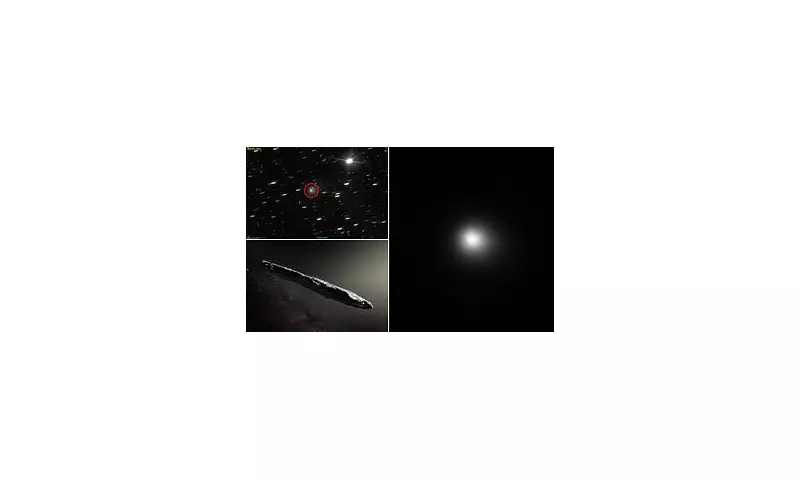
In a revelation that reignites the debate over extraterrestrial life, scientists have presented a chilling new analysis of 'Oumuamua – the first-known interstellar object to pass through our solar system.
The enigmatic visitor, discovered in 2017, has long puzzled astronomers with its unusual shape and unexpected acceleration. Now, researchers from Harvard and other institutions argue that 'Oumuamua's peculiar behaviour might indicate it's not a natural space rock at all.
An Object Unlike Any Other
Unlike typical asteroids or comets, 'Oumuamua displayed several extraordinary characteristics:
- An elongated, cigar-like shape never before observed in natural celestial bodies
- Unexpected acceleration as it moved away from the Sun
- No visible coma or tail characteristic of comets
- Extremely reflective surface
The Controversial Theory
Dr. Avi Loeb, former chair of Harvard's astronomy department, suggests these anomalies could point to artificial origins. "The possibility that 'Oumuamua was created by an intelligent civilisation cannot be ruled out," he stated in the new research paper.
The study examines how solar radiation pressure could explain the object's acceleration if it were an extremely thin, light sail – technology humans are currently developing for interstellar travel.
Scientific Backlash
Many mainstream astronomers remain sceptical, proposing more conventional explanations:
- Outgassing of hydrogen from a rare 'hydrogen iceberg'
- Release of trapped molecular hydrogen
- An unusual type of comet with atypical properties
However, the new research argues these theories fail to fully explain all of 'Oumuamua's observed characteristics.
What Comes Next?
With 'Oumuamua now beyond the reach of our telescopes, scientists hope future interstellar visitors might provide more definitive answers. The upcoming Vera C. Rubin Observatory in Chile, set to begin operations in 2025, could detect dozens of similar objects each year.
As Dr. Loeb puts it: "The scientific community must keep an open mind. Extraordinary claims require extraordinary evidence, but we should also be open to extraordinary possibilities."





